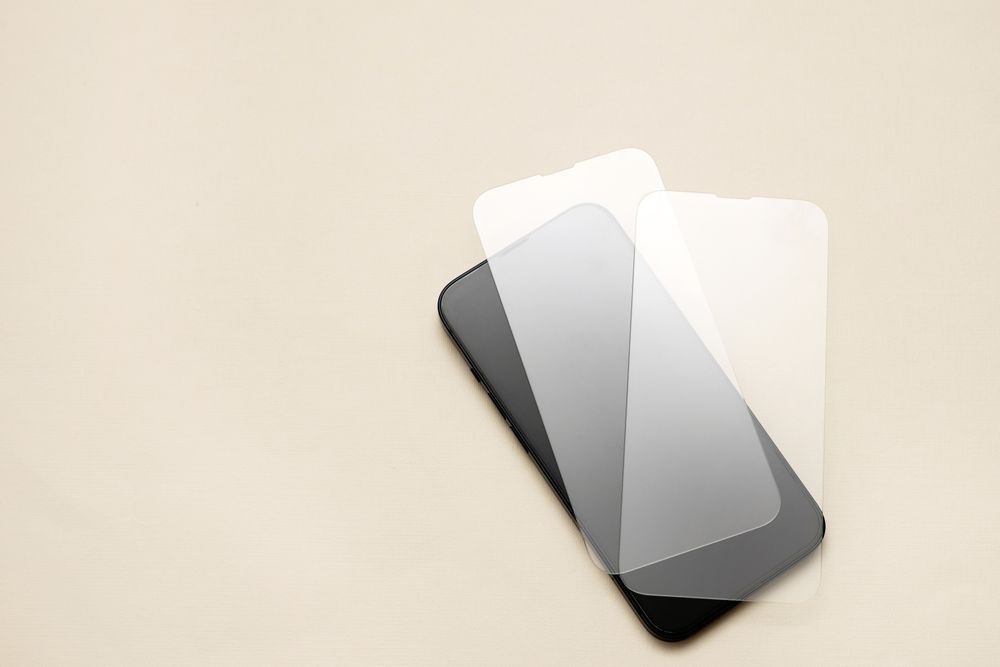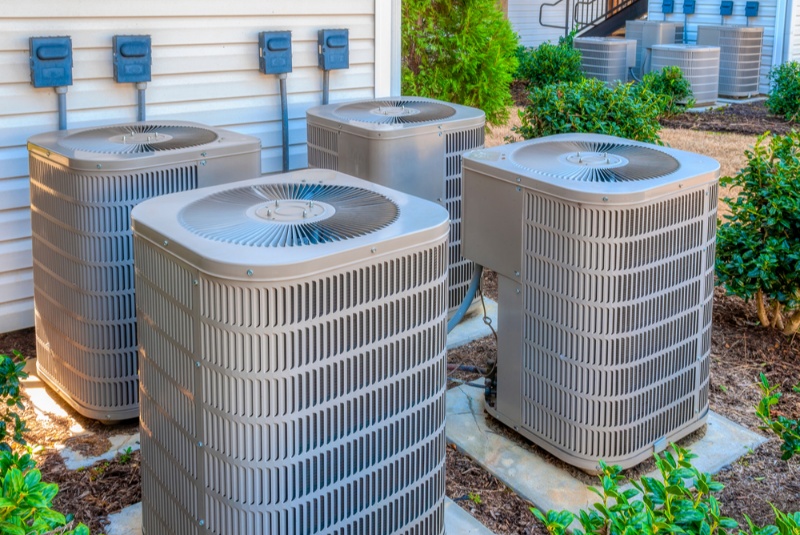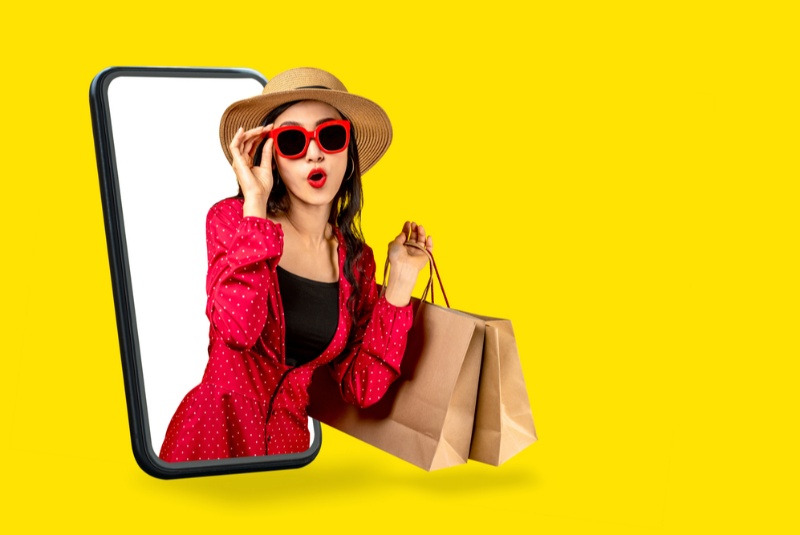Your phone is likely one of the most expensive and frequently used devices you own. It keeps you connected, productive, and entertained — but all that usage increases the risk of scratches, cracks, and smudges. That’s where a good screen protector comes in. A high-quality screen protector is a simple, cost-effective way to extend the life of your smartphone and preserve its resale value.
But not all screen protectors are made the same. From ultra-thin films to heavy-duty tempered glass, the options vary in price, durability, feel, and protection level. Choosing the right one for your phone — and for how you use it — is the key to getting the best value and protection. This guide walks you through the essential factors to help you find the best screen protector for your needs.
1. Know the Types of Screen Protectors
The first step in choosing the best screen protector is understanding the different materials available. Each has pros and cons based on how much protection you want, how the screen feels, and how clear your display remains.
Tempered Glass
-
Most popular option for high-end protection
-
Offers a natural glass feel and smooth touch response
-
Provides excellent scratch and impact resistance
-
Often comes with an oleophobic (smudge-resistant) coating
-
Slightly thicker than film but almost invisible once applied
TPU (Thermoplastic Polyurethane) Film
-
Ultra-thin, flexible, and self-healing
-
Best for scratch protection, not impact
-
Typically covers curved edges better than glass
-
Shows more fingerprints and may have a rubbery texture
PET (Polyethylene Terephthalate) Film
-
Inexpensive, thin, and easy to install
-
Provides basic scratch resistance
-
Less impact protection
-
Commonly found in budget packs or multipacks
If you’re looking for a balance of feel, clarity, and protection, tempered glass is the most recommended option for modern smartphones.
2. Match the Screen Protector to Your Phone Model
A perfect fit is crucial. Choose a screen protector designed specifically for your phone’s model and size. Generic or "universal" protectors may leave gaps or block key features.
Features of a Well-Fitted Protector:
-
Matches the exact dimensions of the screen
-
Aligns with the front camera, sensors, and speaker
-
Covers flat or curved edges, depending on phone design
-
Allows compatibility with your phone case (often labeled “case-friendly”)
Always double-check compatibility with your exact phone version, especially if you own a Plus, Pro, or Ultra model with different dimensions than the base version.
3. Evaluate Protection Level
Consider how much wear and tear your phone experiences. Do you drop it often? Do you carry it in your pocket with keys or coins?
Protection Factors:
-
Scratch resistance: Most screen protectors guard against keys, coins, or sand.
-
Impact resistance: High-quality tempered glass helps absorb shock from drops.
-
Shatter protection: Some glass protectors include an extra layer to prevent shards if cracked.
-
Edge-to-edge coverage: Offers more complete protection, especially on curved displays.
For heavy users, tempered glass rated 9H hardness or higher provides the best combination of protection and screen clarity.
4. Consider Touch Sensitivity and Display Clarity
The best screen protectors should feel like they’re not even there. You shouldn’t have to press harder or tolerate blurry visuals.
What to Look For:
-
High touch sensitivity: Should register taps, swipes, and gestures effortlessly.
-
Clarity rating: Choose 99% HD clarity for minimal distortion or screen dullness.
-
Thin profile: Around 0.3mm is typical for tempered glass — thin enough to maintain responsiveness.
Avoid low-quality options that create air bubbles, reduce brightness, or cause lag during use.
5. Look for Additional Features
Some screen protectors include bonus features designed for specific user needs, improving the experience even more.
Optional Features to Consider:
-
Anti-glare coating: Reduces reflections in bright light or sunlight.
ADVERTISEMENT -
Privacy filter: Limits viewing angles to prevent people nearby from seeing your screen.
-
Blue light filtering: Reduces eye strain by filtering out blue wavelengths.
-
Matte finish: Minimizes fingerprints and smudges, though it may slightly reduce clarity.
Choose based on your daily environment. For instance, commuters may love privacy filters, while outdoor users benefit from anti-glare protection.
6. Assess Ease of Installation
A poor installation can ruin even the best screen protector. Look for products that include an easy-install kit or a helpful alignment guide.
Helpful Inclusions:
-
Dust-removal stickers
-
Alcohol cleaning wipes
-
Microfiber cloth
-
Step-by-step instructions
-
Positioning frame (included with some high-end brands)
If you’re not confident about applying it yourself, some retailers offer in-store installation services or bundled kits with multiple protectors for practice.
7. Think About Durability and Replacement Options
Even the best screen protectors wear out over time. Choose a brand that offers long-lasting protection — and ideally, a warranty or replacement program.
Durability Indicators:
-
Reputable brand with user reviews that mention longevity
-
Scratch- and shatter-resistant certifications
-
Coating that resists yellowing, bubbling, or edge lift
Look for multipacks if you're accident-prone or prefer replacing your protector every few months for a fresh feel.
8. Check for Case Compatibility
If you use a case, your screen protector must fit without lifting or bubbling at the edges. Some glass protectors are labeled “case-friendly,” meaning they leave a slight gap around the edge to avoid interference.
Tips for a Good Fit:
-
Buy your case and protector from the same brand, if available
-
Avoid edge-to-edge glass if using thick or rugged cases
-
Curved screen phones may require flexible film instead of full glass
A good screen protector should integrate seamlessly into your full phone setup without compromising protection or functionality.
9. Compare Pricing and Value
Screen protectors range in price from under $10 to $50+, depending on features, brand reputation, and quantity in the box.
Price Guide:
-
$5–$15: Budget-friendly tempered glass or film, often in multipacks
-
$15–$30: Mid-range, branded products with better durability and features
-
$30–$50+: Premium protectors with privacy, blue light filters, or pro-level installation kits
Don’t just go for the cheapest — factor in ease of use, protection, and user reviews. A $25 protector that lasts a year may be a better value than replacing a $5 option every few weeks.
10. Read Reviews and Brand Reputation
Before purchasing, check real-world user feedback. Many top-rated protectors shine not just in features, but in customer support, warranties, and long-term satisfaction.
Top-Rated Screen Protector Brands:
-
ZAGG (InvisibleShield)
-
Spigen
-
Belkin
-
amFilm
-
Tech Armor
-
OtterBox (Alpha Glass)
Look for brands that back their products with lifetime warranties or easy replacements. This reflects product confidence and ensures you’re not left unprotected after one mishap.





